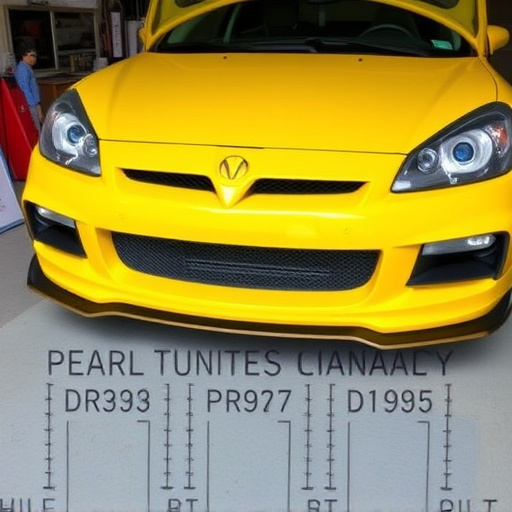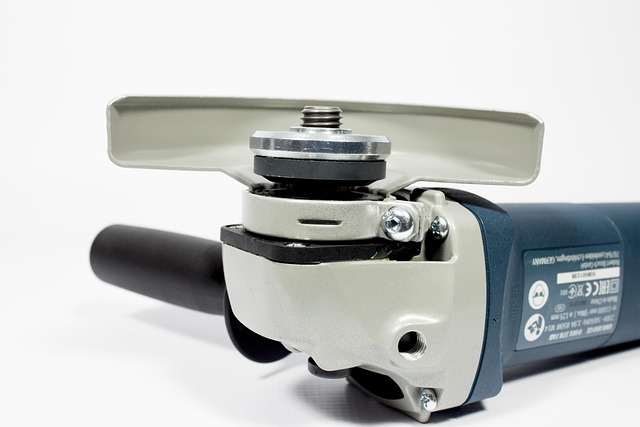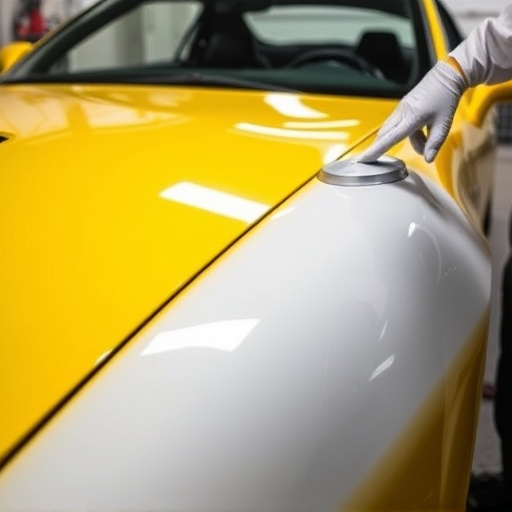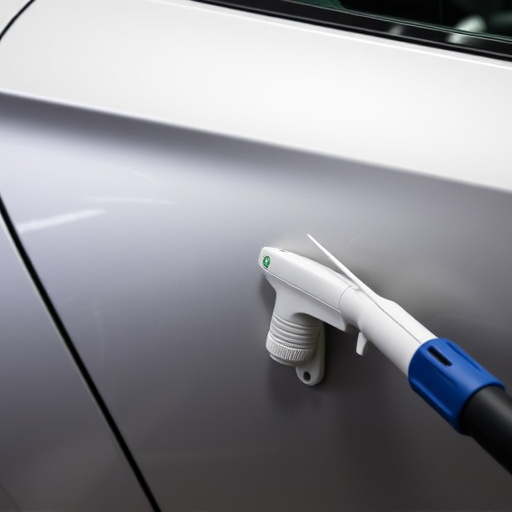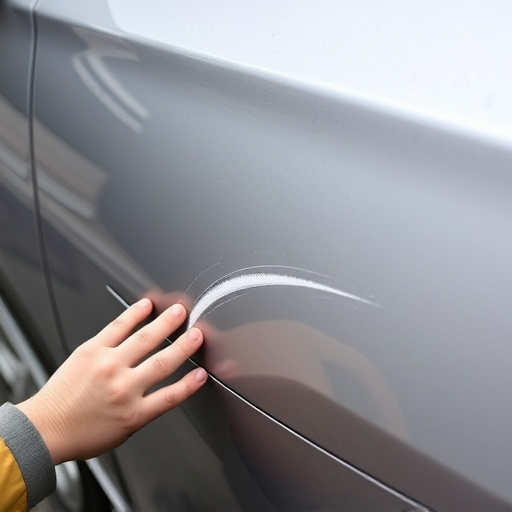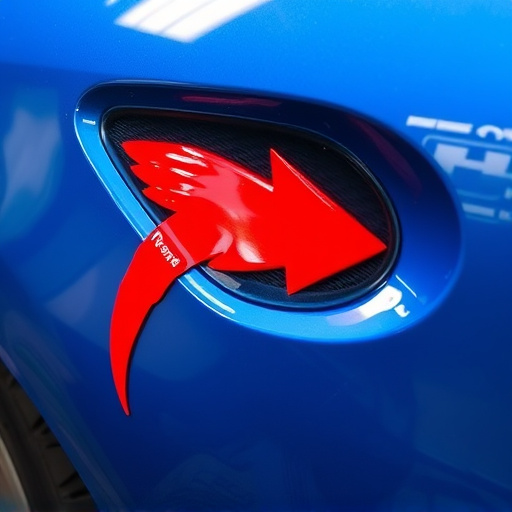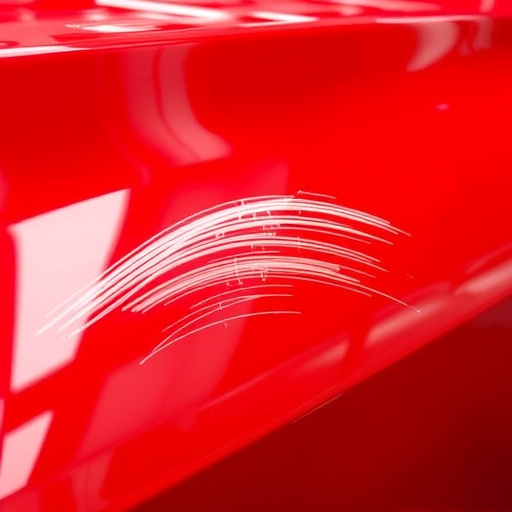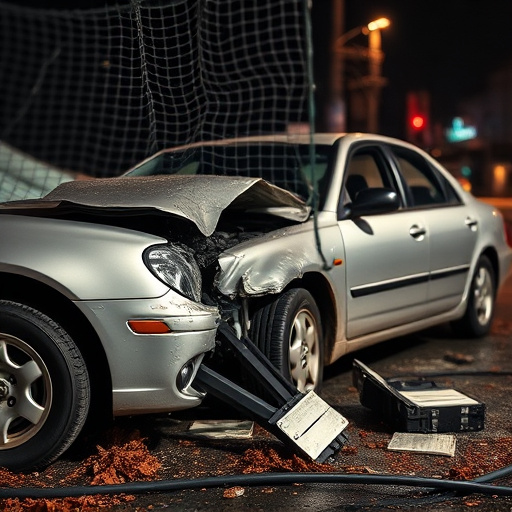Mercedes unibody repair is crucial for restoring structural integrity and safety after severe side impacts. Signs of damage include visible deformities and misaligned components. The meticulous process involves inspection, disassembly, assessment, cleaning, welding, and clear coating to meet Mercedes' standards for strength and finish, ensuring vehicle safety and aesthetic appeal.
Mercedes vehicles are renowned for their sleek design and advanced safety features, but even these automotive gems aren’t immune to severe side impacts. When a Mercedes experiences such damage, proper unibody repair is crucial for both structural integrity and vehicle aesthetics. This article delves into the intricate Mercedes unibody structure, how to identify extensive side impact injuries, and the meticulous repair process that restores safety standards while preserving the car’s aesthetic appeal. Understanding these aspects is key for responsible vehicle maintenance.
- Understanding Mercedes Unibody Structure and Its Vulnerability
- Recognizing Signs of Severe Side Impact Damage
- The Repair Process: Restoring Safety and Aesthetics
Understanding Mercedes Unibody Structure and Its Vulnerability
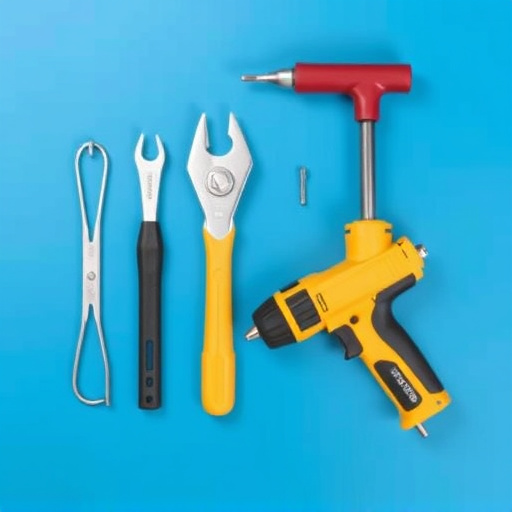
Mercedes vehicles are renowned for their sleek design and advanced engineering, but even these high-quality machines aren’t invincible. The unibody structure, a key component in modern car construction, is designed to provide structural integrity while minimizing weight. However, this delicate framework can be vulnerable to severe damage during side impacts, which may necessitate expert Mercedes unibody repair.
Understanding the intricacies of the unibody system is crucial for collision repair centers and automotive body work specialists. The unibody consists of interconnected metal panels that form a rigid cage around the vehicle’s occupants. A strong lateral force during a side collision can cause misalignment or deformation, affecting the structural integrity and safety of the vehicle. Prompt and skilled automotive body work is essential to realign the unibody components, ensuring both the safety of future drivers and the vehicle’s overall performance after repairs.
Recognizing Signs of Severe Side Impact Damage
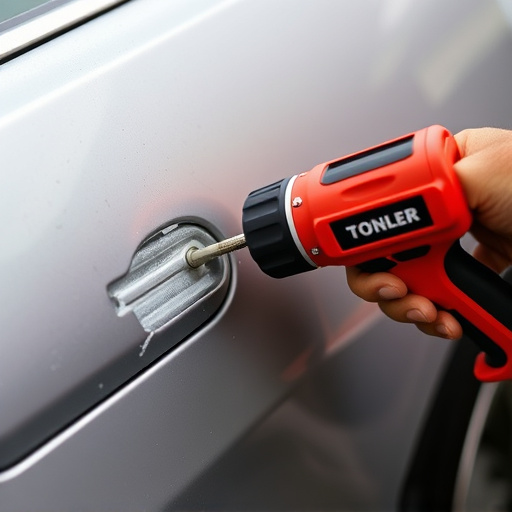
Recognizing signs of severe side impact damage is crucial for determining if a Mercedes unibody repair is needed. Look for visible deformities, such as bulges or dents along the car’s sides, particularly around doors and window frames. These can indicate internal structural damage that may not be immediately apparent. Cracks in the body panel, misaligned panels, or gaps between components are also red flags. In some cases, a simple visual inspection may not suffice; professional measurements using laser scanners might be required to accurately assess the extent of damage, especially for classic car restoration projects where precision is paramount.
Don’t overlook potential issues with the vehicle’s frame and suspension systems. Even if there are no visible dents or cracks, side impacts can cause subtle but significant misalignments that affect handling and safety. While minor fender bender repairs might be as simple as a quick car dent repair, severe side impacts often demand more comprehensive Mercedes unibody repair, encompassing both structural integrity restoration and ensuring the vehicle’s safety systems remain functional following a collision.
The Repair Process: Restoring Safety and Aesthetics
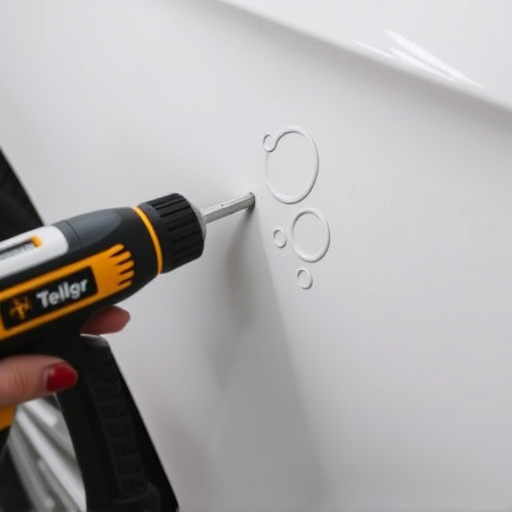
Mercedes unibody repair is a critical process that aims to restore both the safety and aesthetic integrity of a vehicle after a severe side impact. The unibody, a structural component that combines the frame and body panels, is designed to deform in a controlled manner during accidents, absorbing impact energy and protecting occupants. However, significant side impacts can cause substantial damage, necessitating precise and skilled repair.
The repair process involves several meticulous steps. First, technicians thoroughly inspect the unibody for damage, using advanced diagnostic tools to identify any hidden issues. Then, they carefully disassemble the affected areas, separating the damaged components from the intact ones. Next, each part is assessed, with minor repairs like bumper and scratch repair carried out as needed. For more extensive damage, replacement parts are sourced, ensuring they meet Mercedes’ exacting standards. After thorough cleaning and primer application, the unibody is meticulously assembled and welded, restoring its original strength and smoothness. Finally, a clear coat is applied to match the vehicle’s original finish, providing both protection and aesthetic appeal.
In light of the above discussions, it’s clear that proper Mercedes unibody repair is paramount after severe side impacts. By understanding the unique structure and vulnerabilities of the Mercedes unibody, recognizing telltale signs of damage, and following a comprehensive repair process, both safety and aesthetic integrity can be successfully restored. This ensures that owners can continue to experience the performance and luxury that Mercedes-Benz vehicles are known for, while also maintaining optimal vehicle safety.


